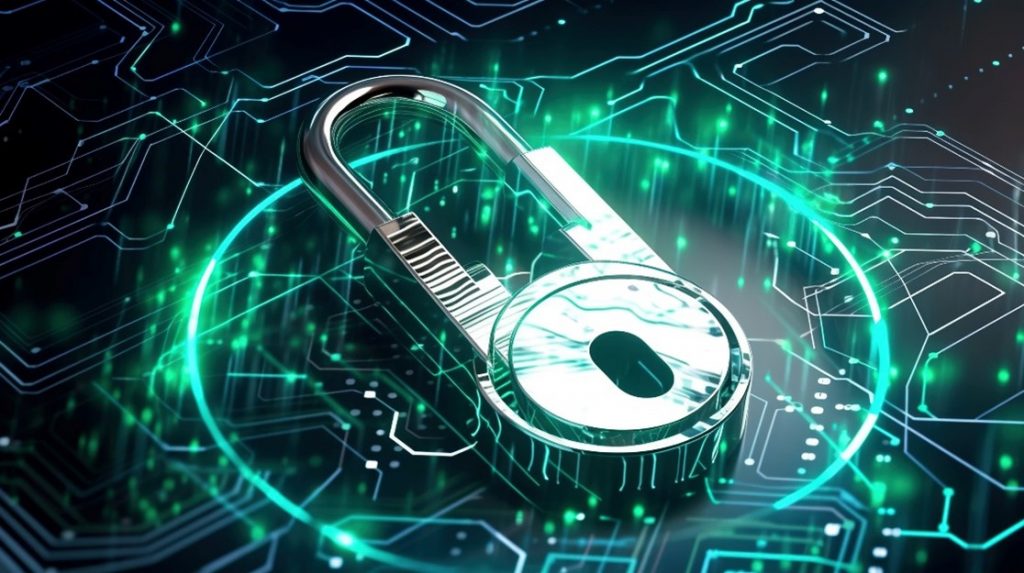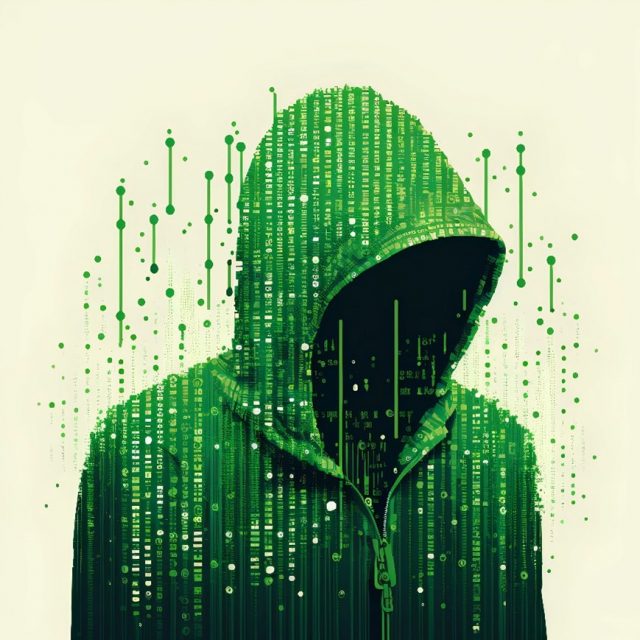Misha Solodovnikov is an entrepreneur and business executive in the technology industry. In the following article, Misha discusses the current important privacy challenges within the cybersecurity sector, and offers a few solutions that can help businesses and individuals stay safe.
Businesses are constantly thinking about potential cybersecurity challenges and what their solutions could be, with many employing entire teams to attempt dealing with the matter. However, when it comes to individuals, many use the web on a daily basis with little to no thought of threats to their privacy or security, and that must change.
Misha Solodovnikov notes that as the world adapts to an increasingly digital environment, the need for personal cybersecurity is bigger than ever before. While software and attack blockers may be growing more sophisticated, hackers and malicious web users are keeping pace. Therefore, individuals need to stay alert and follow best practices to ensure that their important information and even physical location remain safe and private.
Misha Solodovnikov on Current Cybersecurity Challenges
It’s an unfortunate yet irrefutable fact that where there is technology, there are cyberattacks. According to Misha Solodovnikov, staying abreast of the security challenges faced by all web users helps organizations and individuals alike to avoid potentially severely damaging breaches.
Phishing
There’s nothing new about phishing. However, experts encourage people to realize that it remains a prevalent problem in the digital environment — and it’s unlikely to go away any time soon.
In fact, such attacks are increasingly becoming more customized and complex. People should look out for any suspicious emails, attachments, and links, like:
- Emails that deliver other threats
- Tax-themed phishing scams
- Utility-themed phishing emails
- Payment and delivery scams
- Messages from compromised business accounts
Mobile Malware
Misha Solodovnikov says that mobile malware that masquerades as a legitimate, harmless app like games or QR code readers have become somewhat commonplace in app stores.
Such attempts to breach users’ devices have grown from fake apps to customized versions of legitimate downloads. Posing themselves as the real deal, these applications inject malware into mobile phones and tablets, compromising privacy and safety.
Cloud Computing Attacks
Cloud storage is undeniably useful. However, the absence of data encryption, secure auditing, and authentication exposes individuals to data breaches and leaks through these methods:
- DoS attacks
- Wrapping attacks
- Advanced persistent threats
- Malware
It has proven to be a considerable struggle for modern businesses — even those with the most highly qualified cybersecurity teams on their side. So, individuals should consider finding ways to strengthen their own cloud storage.

Social Media Intrusion
Misha Solodovnikov observes that social media platforms hold large quantities of information about many people across the globe. Unofrtunately, related monitoring laws have a few limitations.
Misha Solodovnikov also notes that privacy is already a controversial problem, and it will only become more of a hot topic over time — no doubt fueled by the challenging trend of data leakage.
Social platform users should avoid sharing sensitive information on these sites to avoid compromising their safety.
The Ever-Growing Ransomware Challenge
Ransomware holds individuals’ data using asymmetric encryption. Even though “ransomware” may be a familiar term, it still poses a massive threat to cybersecurity in 2023. The accessibility of malware kits, generic interpreters, and encryption tech has increased such attacks.
Destructive Malware
Data breaches and ransomware are two of the most visible threats to security. However, destructive malware, like wipers, can be even more destructive, as they delete data entirely and permanently.
2022 saw a resurgence of wipers, so individuals and companies need to be wary of them.
Smart Steps to Take for Combat Innovative Cybersecurity Challenges and Protecting Personal Data
Misha Solodovnikov explains that any web user must actively avoid these inevitable online threats. After all, they aren’t just going to disappear — hackers won’t suddenly decide to stop hacking, just like how digital enjoyers won’t stop digitally enjoying.
Therefore, individuals must prepare themselves and work towards preventing such events and understanding how to tackle them if they occur.
Thankfully, there are many simple ways to do this. By being smart about their choices online, one can keep their privacy and safety intact.
Some of the best ways to prevent cybersecurity challenges are as follows:
- Implement MFA (multi-factor authentication) on all online accounts
- Update software to ensure the latest security measures are obtained
- Think before clicking on email links
- Utilize strong passwords without using the same one for multiple accounts
- Practice digital distancing by using virtual private networks with no-log protocols and Tor (free, open-source software allowing anonymous communication) to hide user location and increase online anonymity
- Install complete anti-virus and ransomware tools
Misha Solodovnikov says that, overall, industry experts maintain that the trick to handling cybersecurity and privacy in this always-evolving digital realm is to remain vigilant of ongoing threats and tackle them using the above methods.








